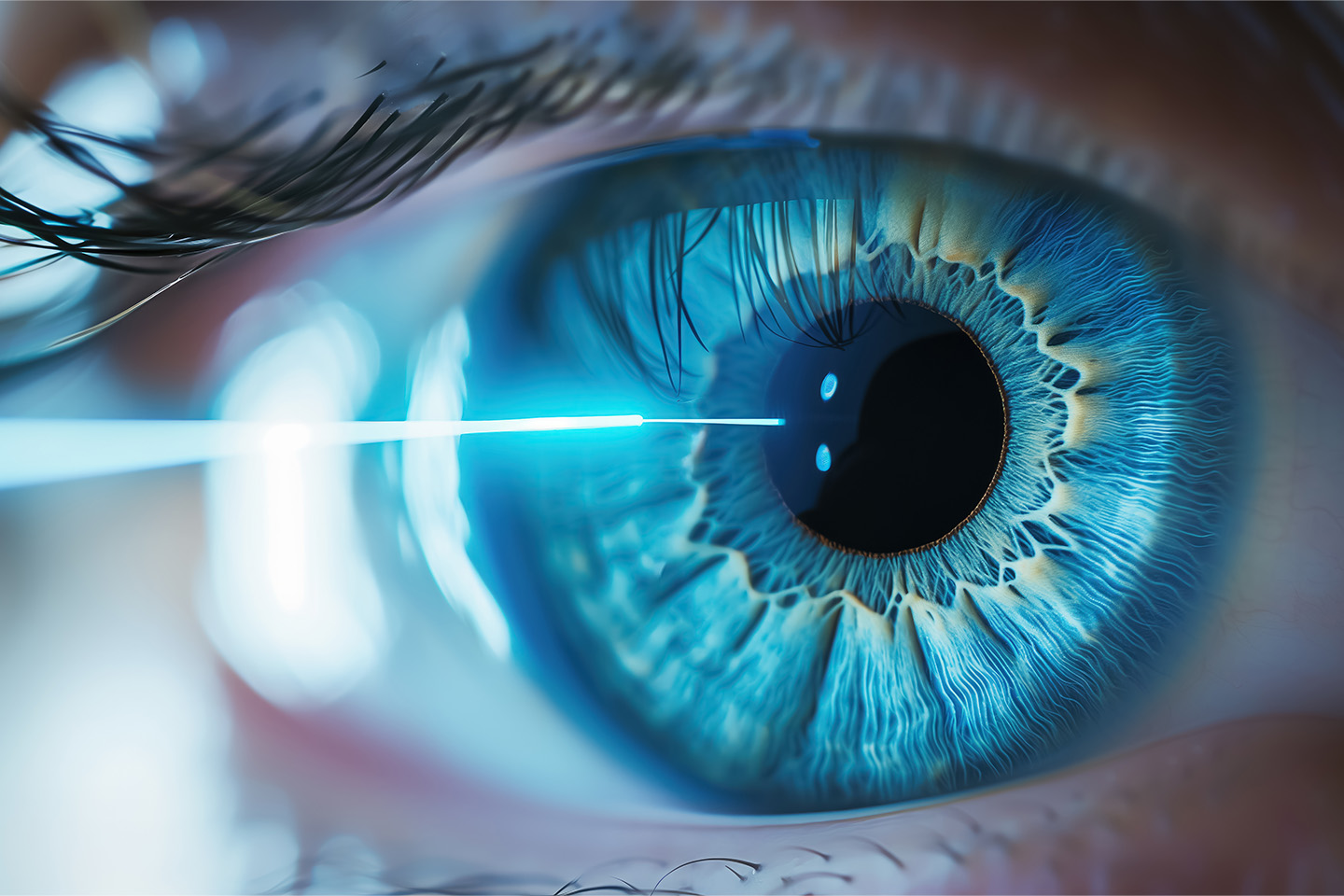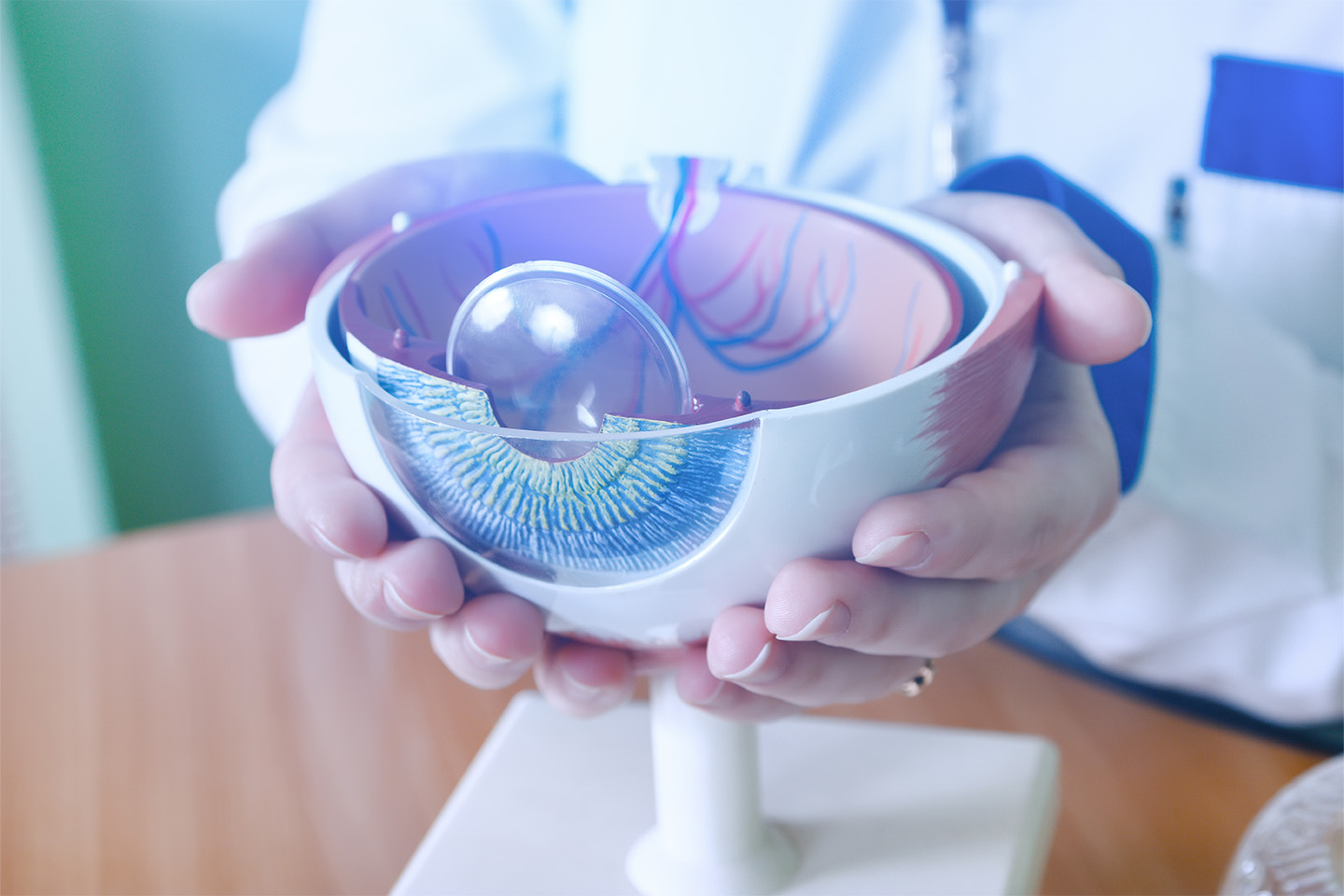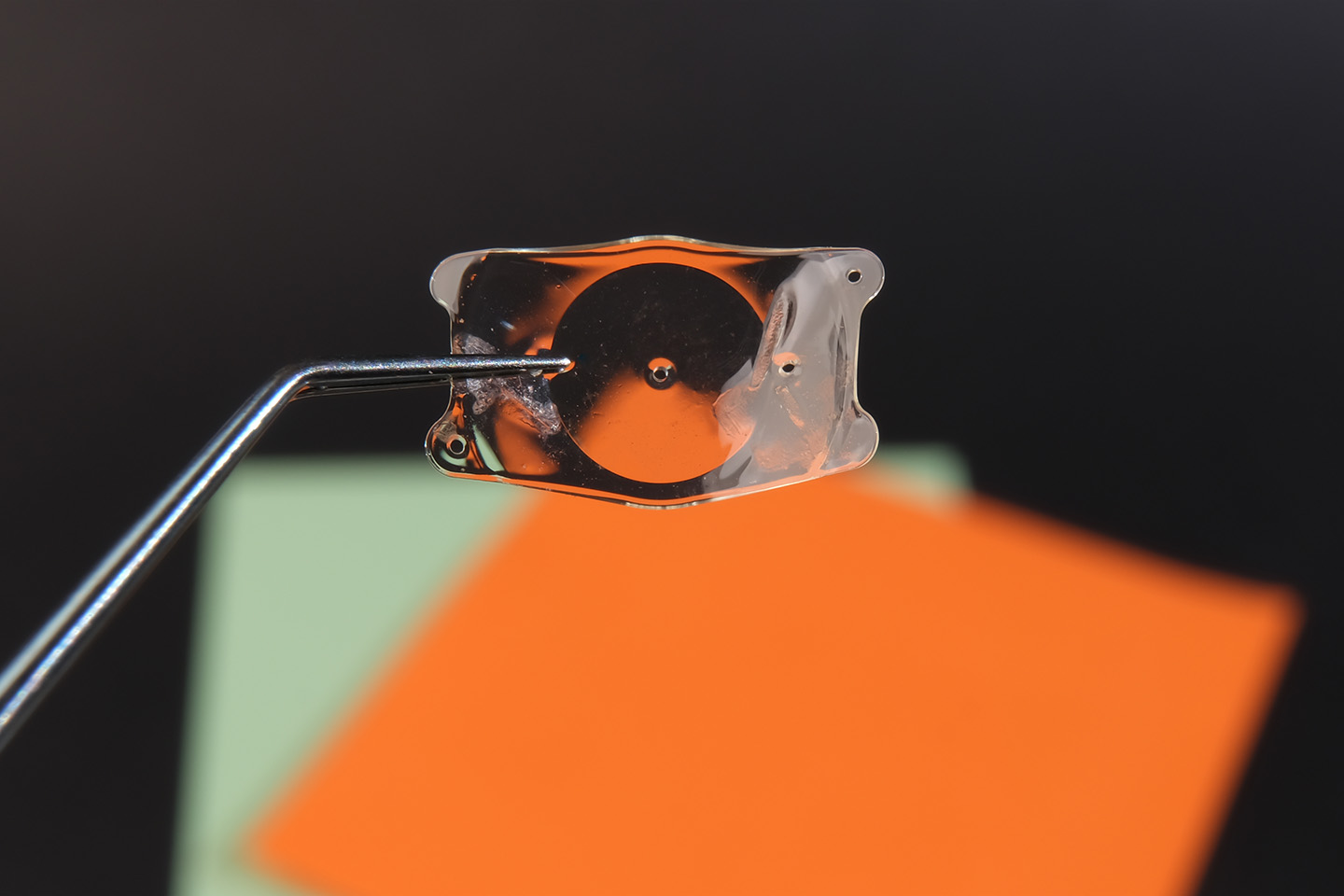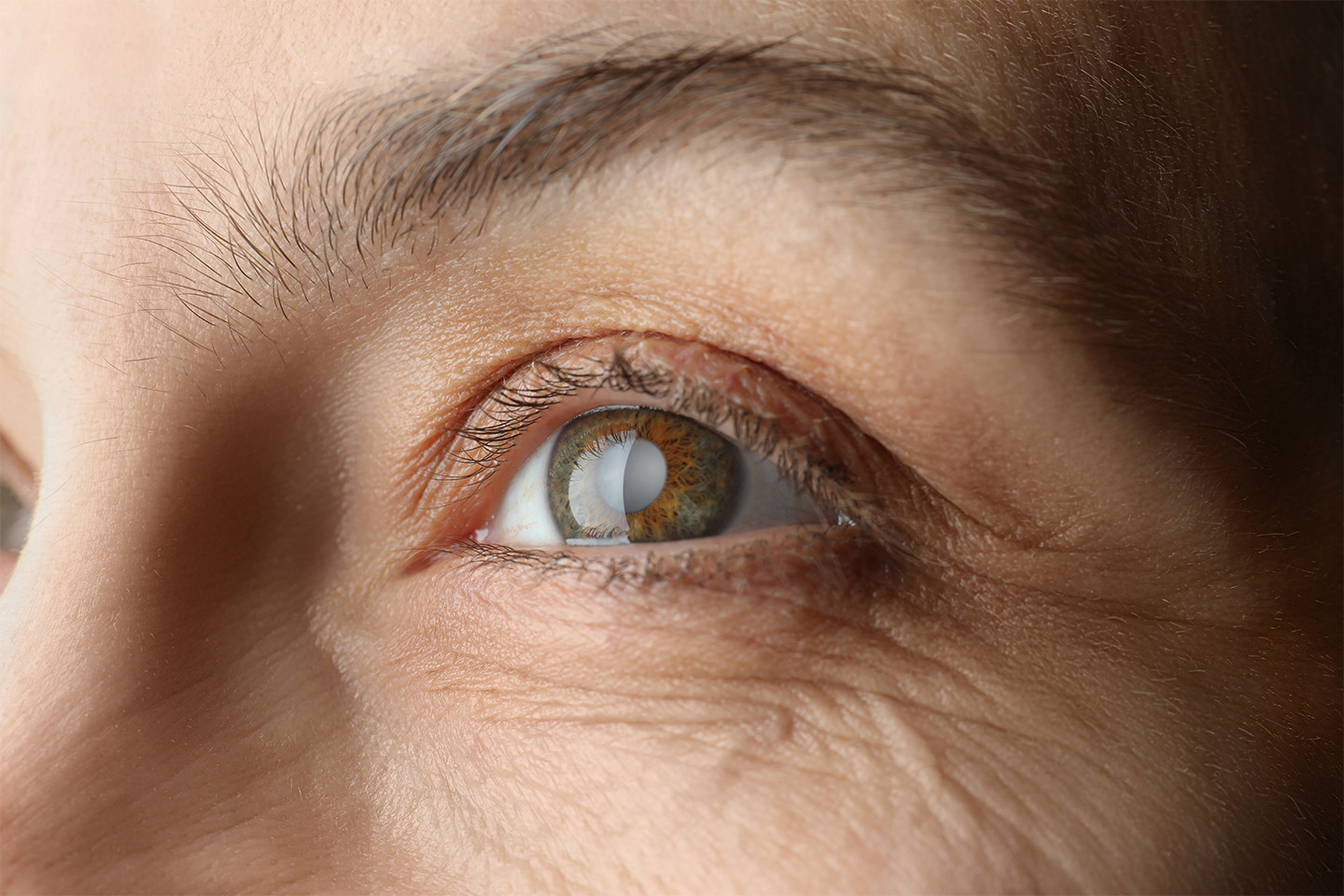How to Treat Cataracts

Once the diagnosis has been made, the most logical next question is how to treat cataracts. Cataracts, which are a clouding of the lens of the eye, may develop due to aging, metabolic disorders, trauma or heredity. Surgery is the most common treatment for cataracts, and although cataracts do affect vision, they will not damage the eye. The early detection of cataracts may be managed with stronger eyeglasses, medicines or other techniques to aid impaired vision.
Non-Surgical Treatments
How to treat cataracts depends on the severity of the cataract itself. For those with early stage cataracts, stronger eyeglasses or contact lenses may improve vision well enough for daily vision. The use of magnifying glasses when reading, or stronger lighting can also aid in vision that is affected by cataracts. In cases of capsular cataracts, medication that dilates the pupils may be suggested, although this treatment can cause glare. Because the progression of cataracts varies with each patient, surgical intervention may not be necessary immediately after the patient has been diagnosed.
When to Seek Surgery
Surgery is the only method for how to treat advanced cataracts. Cataract removal is one of the most common types of eye surgery performed in the United States, especially for those over 65 years of age. New techniques such as the LifeStyle Lens Procedures and Laser Cataract Surgery performed today make cataract surgery safer and more efficient for the patients treated. In recent years, previous cataract procedures could not be performed until the cataract was well developed and vision was severely affected. Typically, surgery is recommended if a patient has 20/40 vision or worse and the cause of the poor vision is due to the cataract. In addition, patients who find that everyday activities are difficult due to poor vision are likely candidates for cataract surgery. Cataract growth and how the growth affects vision is unique for each person, so making an appointment to discuss how to treat cataracts with your ophthalmologist is very important.
Surgical Treatments
Today’s cataract surgeries use smaller incisions and no-needles nor do they require stitches. These procedures are performed on an outpatient basis with the goal of providing faster healing time and improved outcomes. The surgical procedure to remove the diseased cataracts begins with topical anesthetic drops to numb the eye. Then small incisions are made within the eye to allow your surgeon to remove the cataract. The surgeon removes the lens of the eye affected by the cataract and inserts a flexible, artificial lens implant. No stitches are required, and the entire procedure lasts only a few minutes. Most patients return to normal activity within three or four days, and vision improvement is noticeable very quickly, often in just a few days.
If you have been diagnosed with cataracts and need more information in how to treat cataracts, visit us at Kleiman Evangelista or call 1-800-714-2020.
Turn To The Top Eye Doctors In Texas
Check out one of our locations below for the best eye care near you:
[DISPLAY_ULTIMATE_SOCIAL_ICONS]








